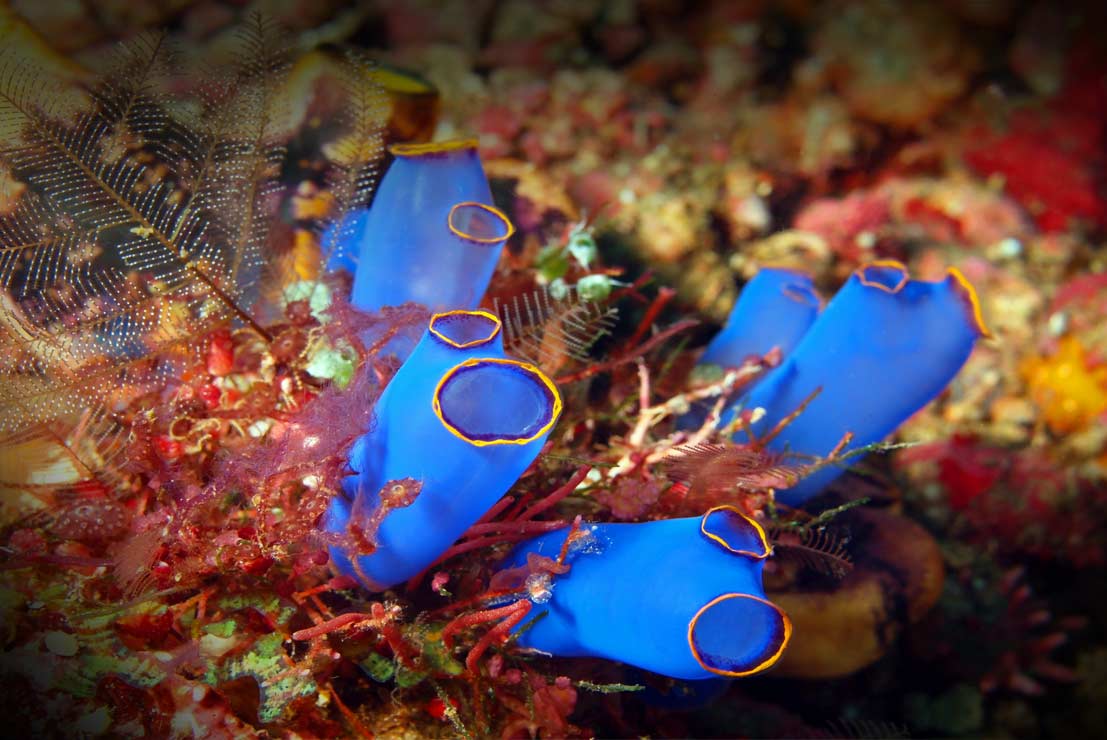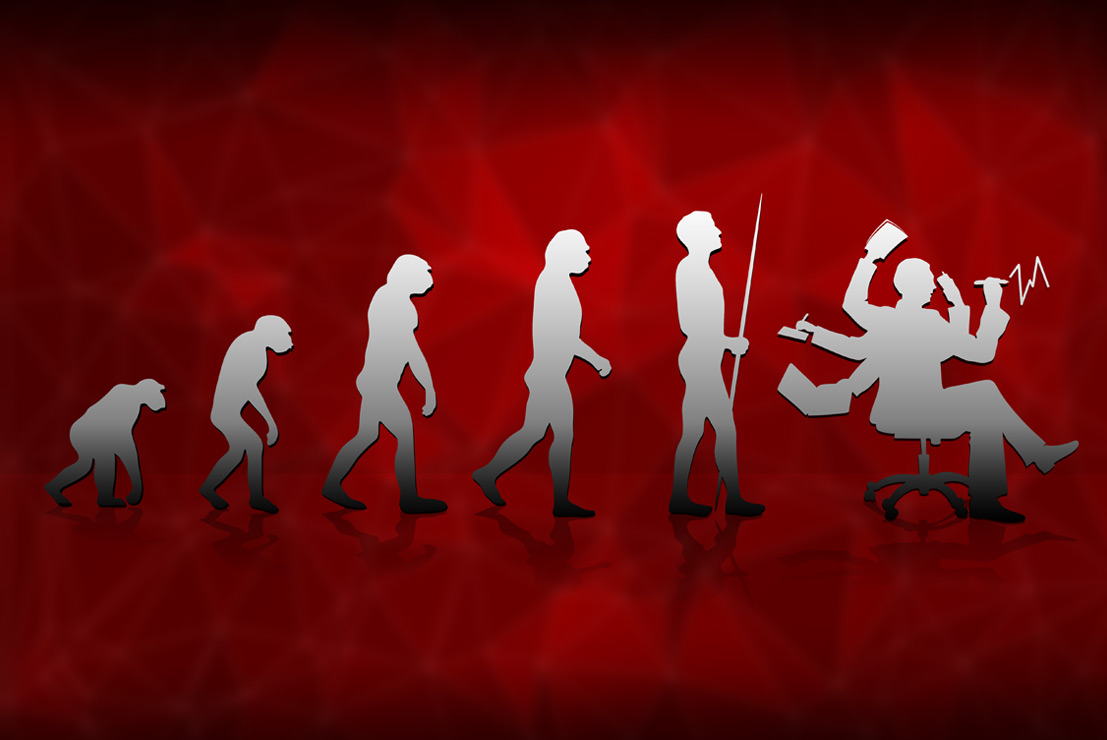Imagination Has A Purpose
The sea squirt is a fascinating creature. In its adult form, it has a tubular shape that resembles a sponge or worm, and when it is a larva, it looks like a tadpole. Its primitive nervous system makes it more closely related to humans than the sponges and corals it resembles.
According to research conducted by Stuart Brown, M.D., in his book entitled “Play – How it shapes our Brain, Opens our Imagination and Invigorates the Soul,” in the sea squirt’s larval form, it has a spinal cord and bundle of ganglia that act as a functional brain.
“This tiny brain helps it move selectively toward nutrients and away from harm. Like most marine creatures, young sea squirts spend their time growing and exploring the sea. Once the sea squirt has grown to adulthood, it attaches itself permanently to a rock or other object. It no longer needs to monitor the world as it did as a juvenile because of the passing current provides enough nutrients for it to survive. Its life becomes purely passive. The adult sea squirt becomes the couch potato of the sea. In a surprisingly macabre twist, the sea squirt digests its brain. Without the need to explore or find its sustenance, the creature devours its cerebral ganglia.” – Stuart Brown, M.D.
According to Brown’s research, like the sea squirt, human minds when deprived of active, imaginative play may stop development. He has found that in a world continuously presenting unique challenges and ambiguity, using one’s imagination prepares us for an evolving planet. Brown asserts that since the behavior or using one’s imagination is pervasive throughout human culture and across the evolutionary spectrum, then it must have survival value and a purpose. Upon further examination, daydreaming may not be considered a waste of time after all.
In addition to imagination providing a “pretend” rehearsal for the challenges and ambiguities of life, it gives a rehearsal in which life and death are not at stake. Imagination allows us to navigate our world and adapt to it, thus making us smarter. Jack Panksepp, a renowned senior play researcher, has shown that active play selectively stimulates brain-deprived neurotrophic factors (which stimulates nerve growth) in the amygdala (where emotions get processed) and the dorsolateral prefrontal cortex (which handles executive decisions).
John Byers, an animal play scholar in Brown’s book, speculates that during imaginative play, the brain is making sense of itself through stimulation and testing. The activity of using one’s imagination helps sculpt the brain. We can try out things without threatening our physical or emotional well-being. We can imagine situations we have never encountered before, and learn from the experience. We can create possibilities that have never existed but may in the future. We make new cognitive connections that find their way into our everyday lives. We do so initially by imagining possibilities – simulating what might be, and then testing this against reality. According to Brown, our adult imagination is continually active, predicting the future and examining the consequences of our behavior before it takes place. Stimulations of childlike imaginative play enrich our streams of consciousness. We all daydream about events in our future – even if we are not consciously aware of it. Our imagination creates new cognitive combinations, and we use these to find what works. The fittest connections, the ones that work best, are the ones that survive. These neural connections that don’t seem to have an immediate function are essential to the continued organization, survival and development of our brains.
In today’s world, we can learn a lot from the sea squirt. We too can become passive coach potatoes who limit our imagination to pre-programmed games, reactive stimulus to electronic devices, and instantaneous content that may limit our need to form new and original ideas of our own.
So stay active! – Daydream a little and consider the possibilities. Imagination is here to help you survive.










